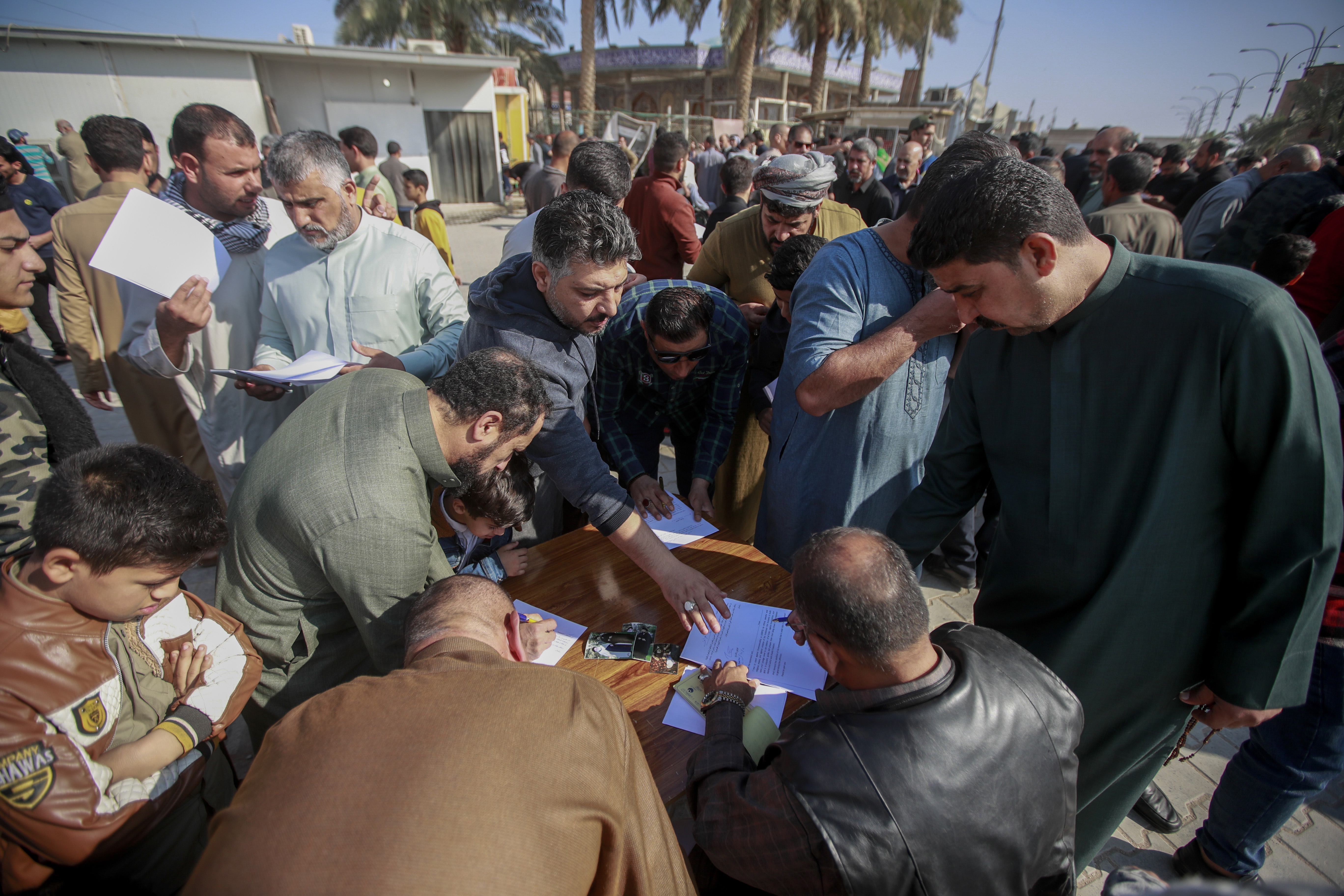A flight attendant was injured when an Allegiant plane had to take "evasive action" to avoid a mid-air collision with another jet in the skies over South Florida, officials said.
The incident happened Sunday shortly after Allegiant Air flight 485 had left Fort Lauderdale-Hollywood International Airport, Federal Aviation Administration officials said.
According to the FAA, an air traffic controller in the Miami Air Route Traffic Control Center had instructed the Airbus A320 to turn eastbound at an altitude of 23,000 feet when it crossed in front of a northbound Gulfstream business jet.
The pilot received an automated alert about another aircraft at the same altitude and took "evasive action," the FAA said in a statement.
Get New England news, weather forecasts and entertainment stories to your inbox. Sign up for NECN newsletters.
The pilot of the Gulfstream also took evasive action after receiving a similar alert, officials said.
The Allegiant flight returned to Fort Lauderdale, where a flight attendant was treated for injuries, officials said.
An Allegiant spokesperson declined to comment when contacted by NBC6, writing, "I must refer you to the FAA, as this is an active investigation."
U.S. & World
Jerrica Thacker, 21, was on the Allegiant flight, which was heading to Lexington, Kentucky, with her twin sister, her sister's boyfriend and her aunt, returning from a six-day cruise in the Bahamas.
"In the pre-flight announcement, they let us know that there was going to be some turbulence because there was a storm up north, so we were kind of expecting a rough flight," Thacker said in an interview with NBC News. "About 20 minutes into the flight, the stewardesses were beginning to take orders and hands out drinks, when, all of a sudden, it felt like we were going down."
But the aircraft actually went up. Thacker described the feeling of her stomach dropping, but still initially believing the movement was routine turbulence.
"I felt the plane actually make its turn to go back toward Fort Lauderdale," she said. "About 15 minutes later, the pilot comes back on the intercom, and he says, 'Unfortunately, we have turned back toward Fort Lauderdale. I had to make an abrupt maneuver to avoid another aircraft.'"
Thacker noted that, so early into the flight, and with turbulence expected, the other 174 passengers on board appeared to be buckled and in their seats, avoiding injury.
"Two of the flight attendants that were handing out drinks at the time, they both fell to the ground," Thacker said. "One of them was completely fine. But the other one did hit her head on her hand row, and it also turns out that she snapped her wrist."
According to aircraft tracking website FlightAware, the A320 was in the air for just over an hour.
"She was crying," Thacker said of the injured flight attendant. "She laid on the ground for at least five minutes before they picked her up and moved her toward the back of the plane, and about five more minutes after that, they asked if there was any medically trained person on the airplane, when they finally got a woman and brought her back with them."
Neither the FAA nor Allegiant answered questions about the flight attendant's recovery, nor how close the aircrafts actually came. But longtime commercial airline pilot and Air Force veteran Dan Stratman said the kind of alert of proximity received by both pilots is not one of a set distance across all aircrafts.
"I don't think there's a set number for all situations. If I remember right, it's about 500 feet or 1,000 feet of altitude separation, and somewhere around 3 miles of lateral separation," he said. "At the speeds airplanes travel, especially jets, it doesn't take long to cover a mile or two."
Stratman said that a similar incident had happened to him twice in his nearly four-decade career, and that these types of near-misses, though rare, are beginning to happen more often.
"In this case, that seems to be the most likely scenario, that the two airplanes were on a collision course and the controller might not have remembered that. Luckily, the equipment took over and kept the disaster from happening," Stratman said. "This year has been a bad year, and there's been a spike in near-misses, both in the air and on the ground, on runways. The FAA has convened some meetings to try to figure out what's going on."
Stratman said that possible theories include trying to rehire airline pilots and air traffic controllers, after senior personnel were laid off or retired early during the COVID-19 pandemic. He also noted that air travel has increased since the peak of the pandemic.
"The equipment worked exactly the way it should have. All airliners have had something called TCAS for many years to alert pilots that there's a potential collision," he said. "Now, all airplanes, even small ones, are required to have an updated version."
Stratman, who now writes about disasters in the air, said this one was avoided thanks to technology and the pilots in both aircrafts. But Thacker, who had only been on a plane once before, said she does not intent to fly again.
"The flight attendant, when we got off the plane, actually told us that the pilot saved our lives, and it wasn't until we heard about that sensor and that he had to actually move the plane himself that we realized just how lucky we were with the pilot we had," Thacker said. "As soon as we get into the airport, my family, we group around, and I looked at them and I said, 'I'm not getting back on an airplane.'"
The FAA is investigating the incident.



